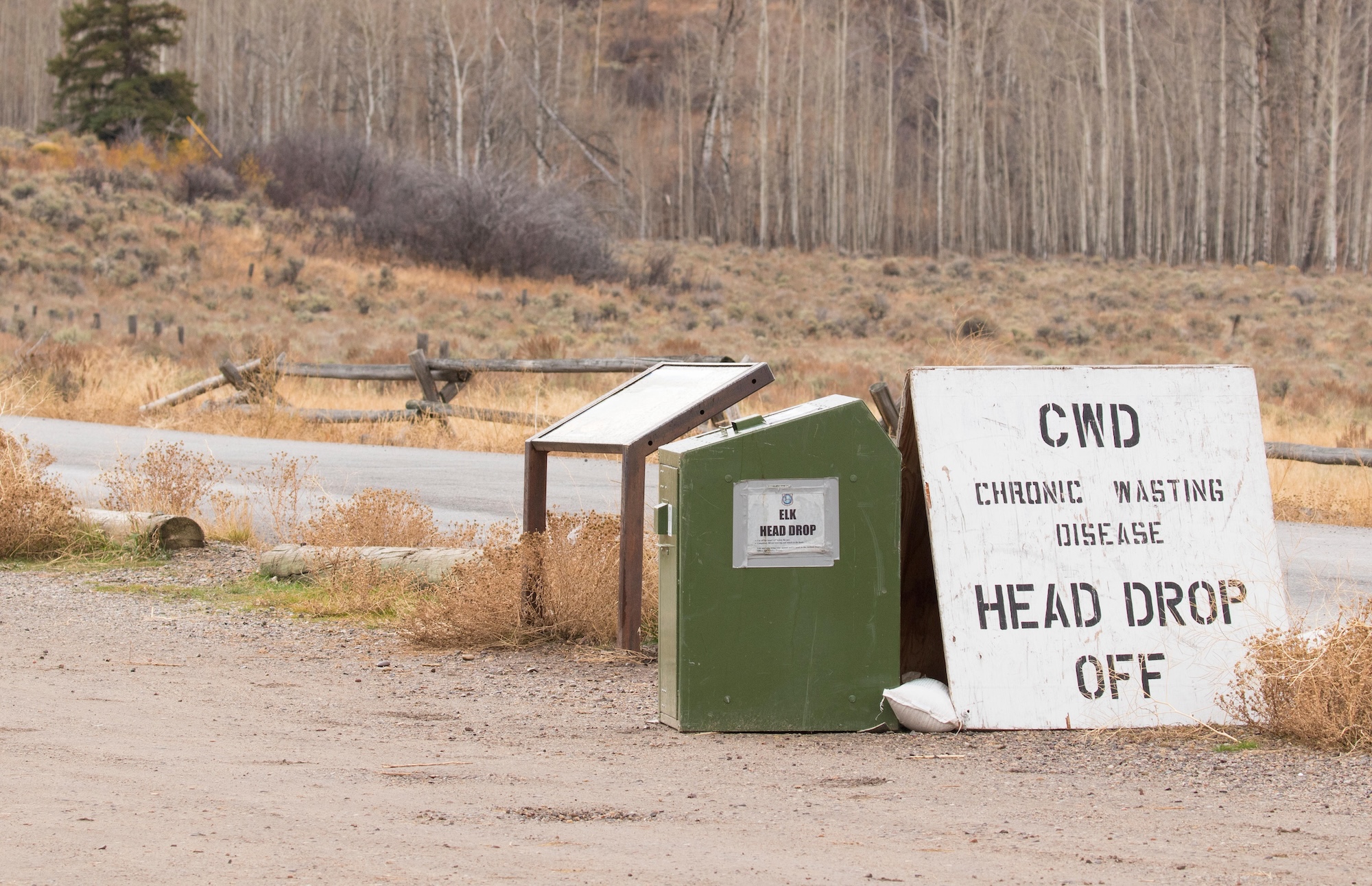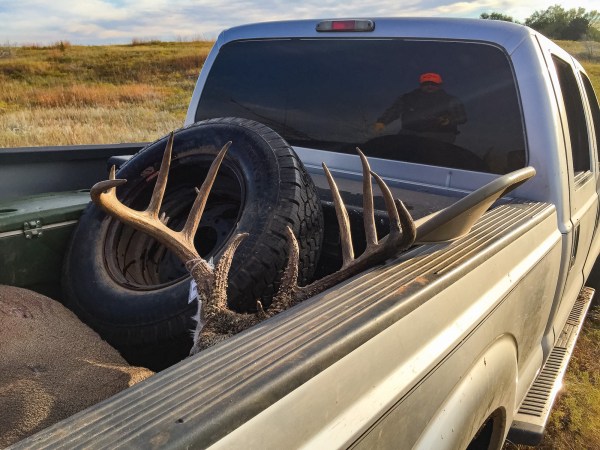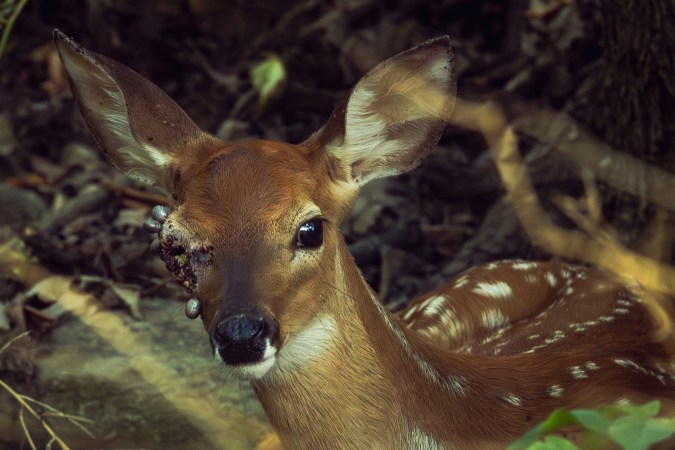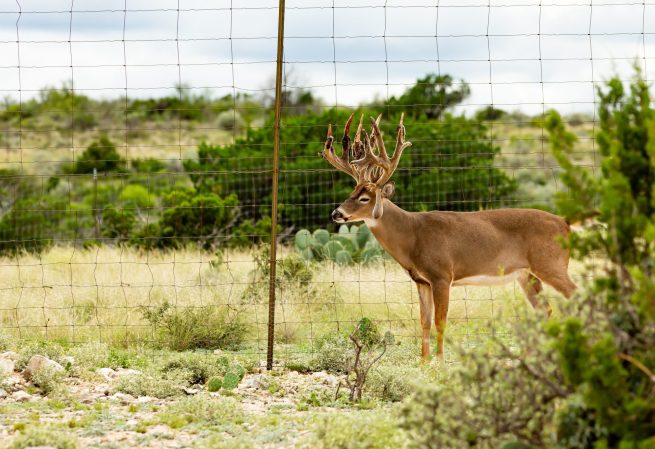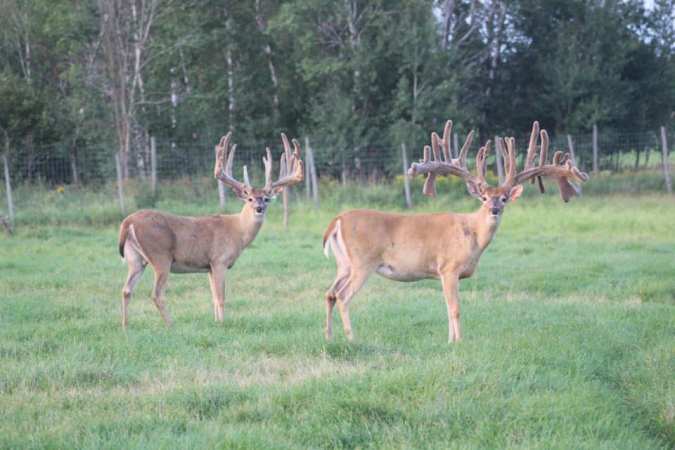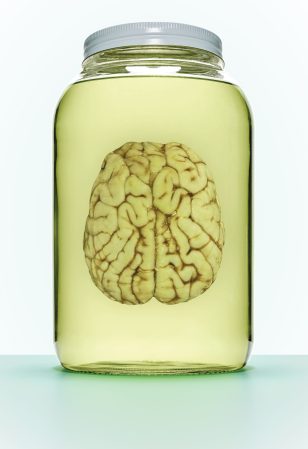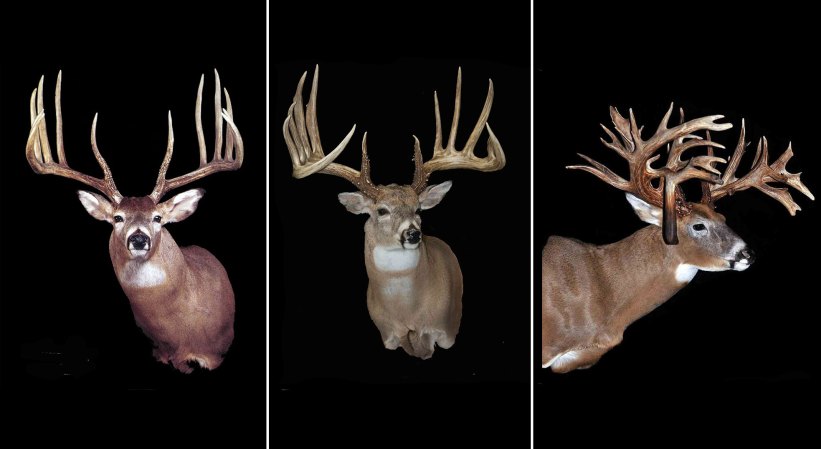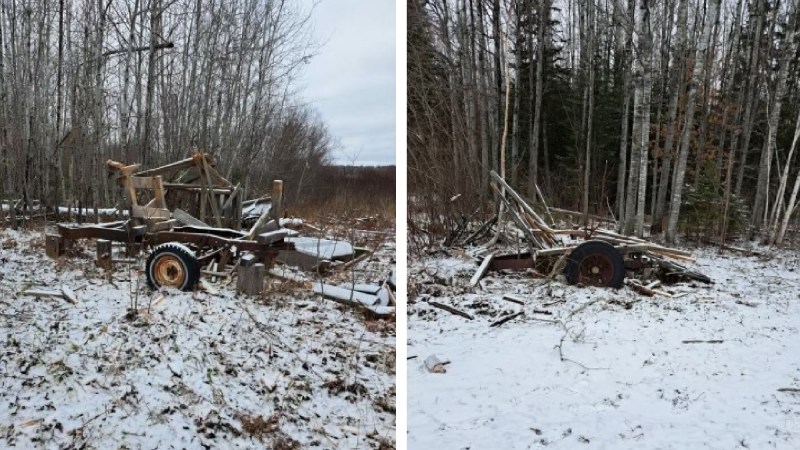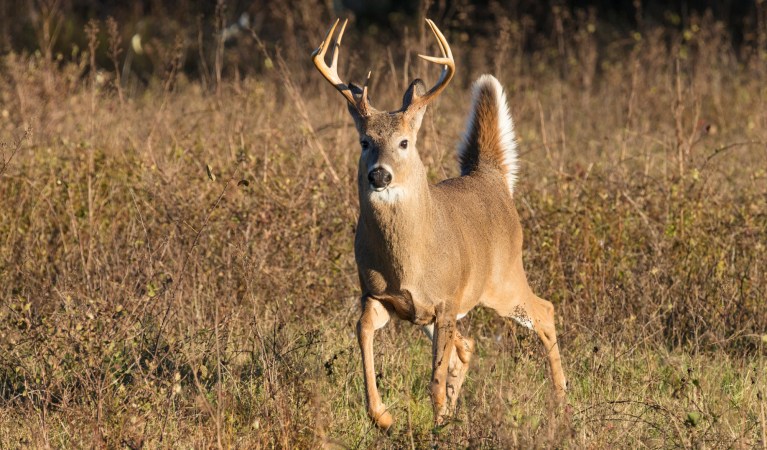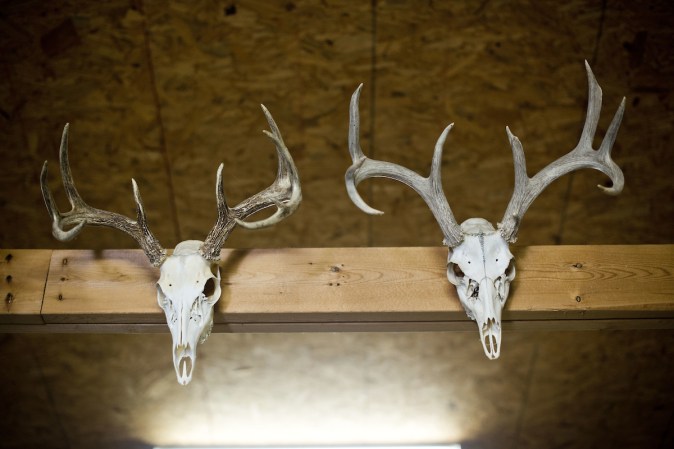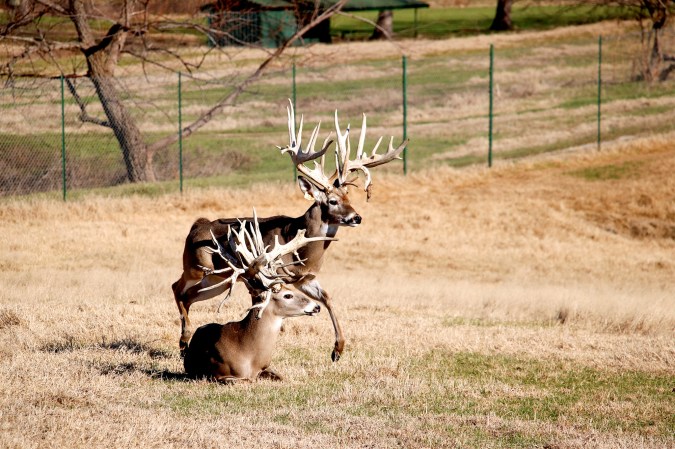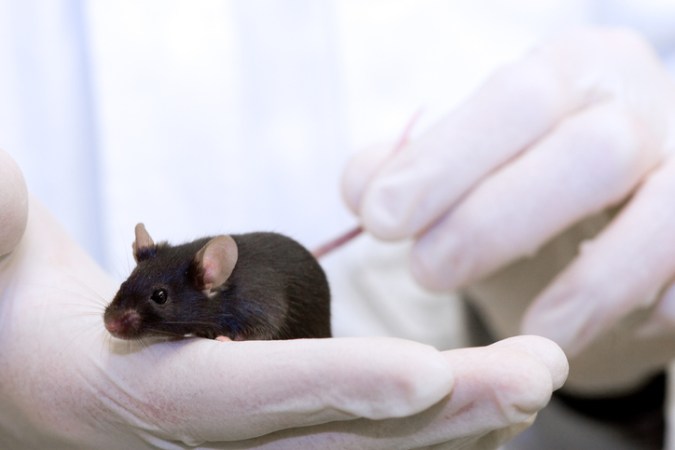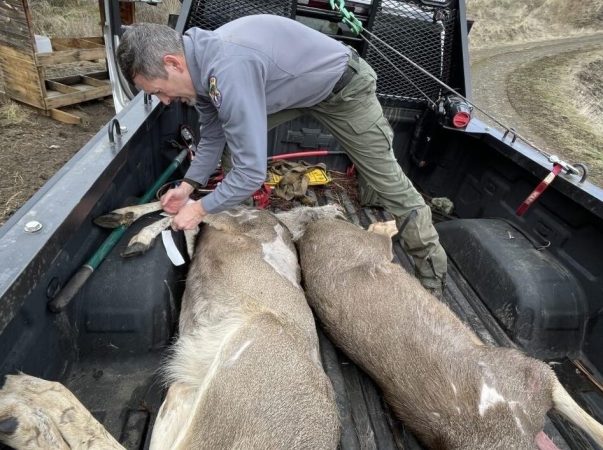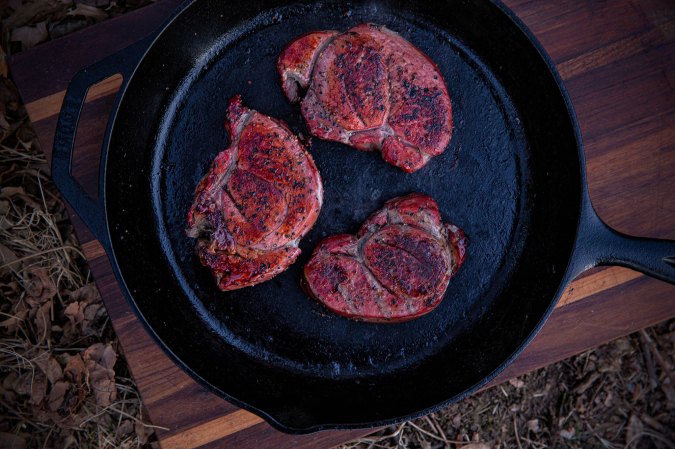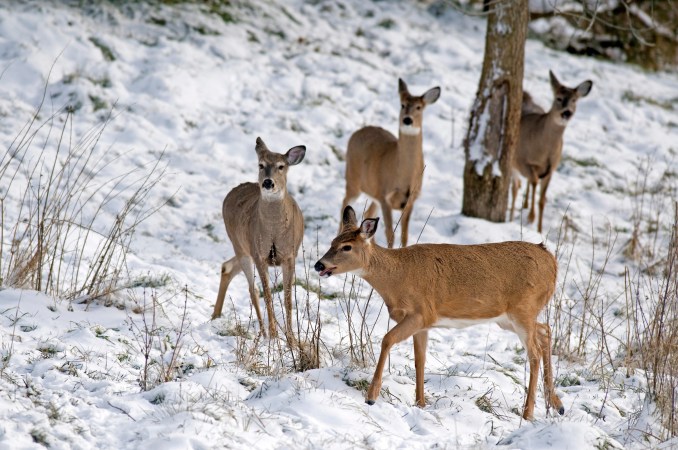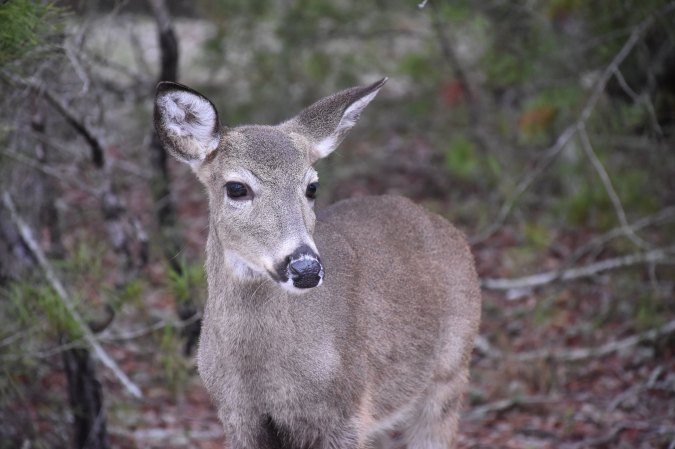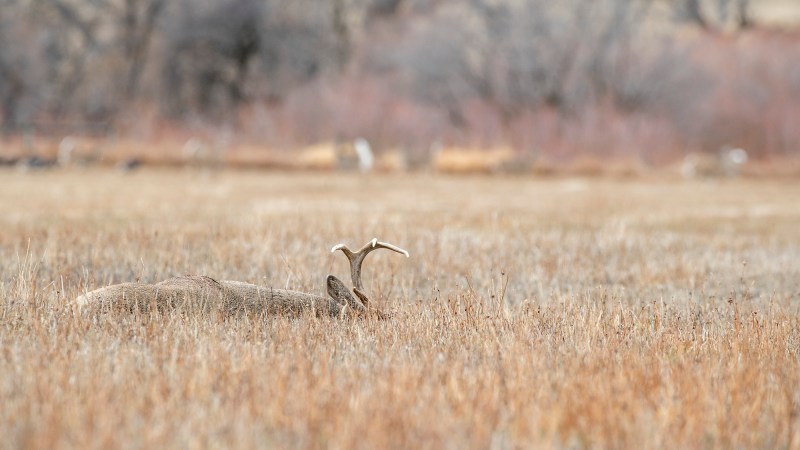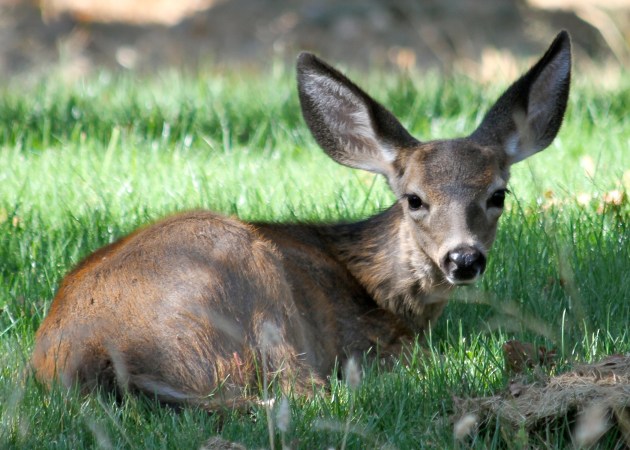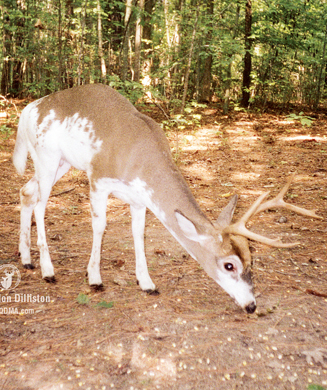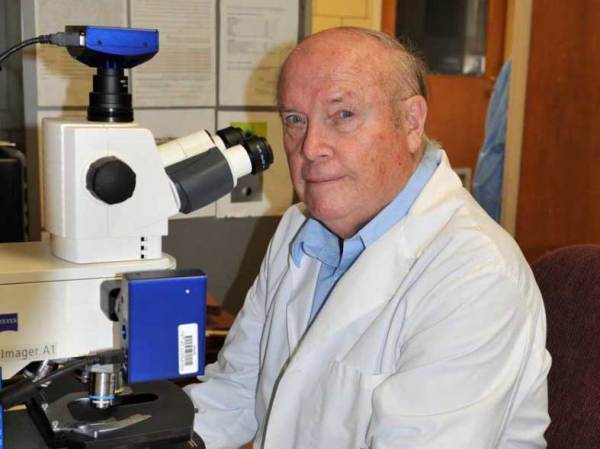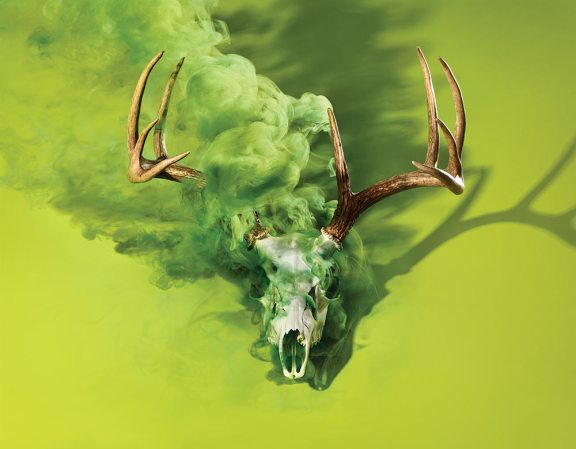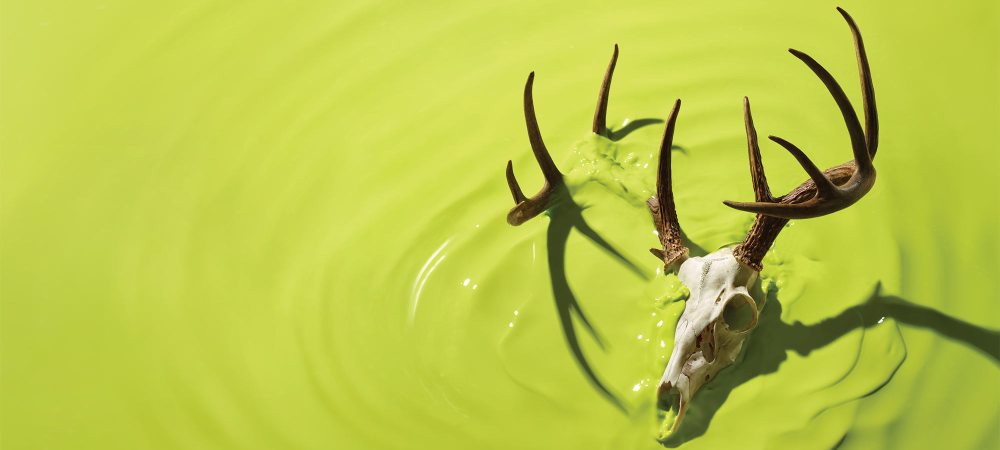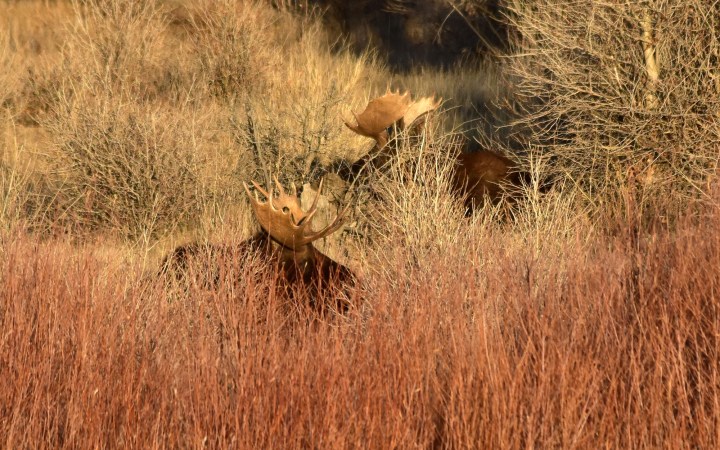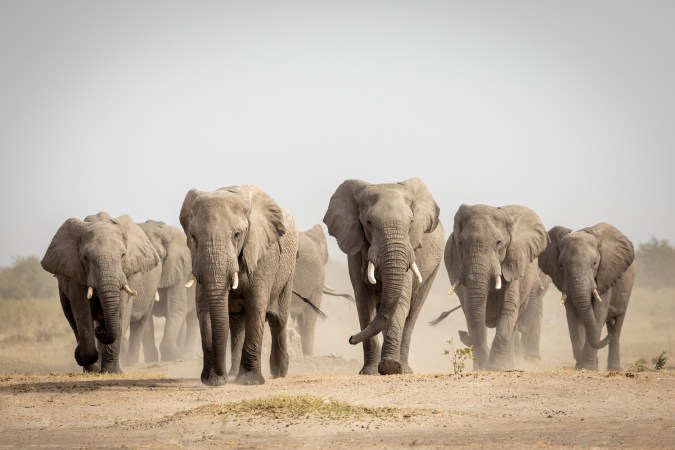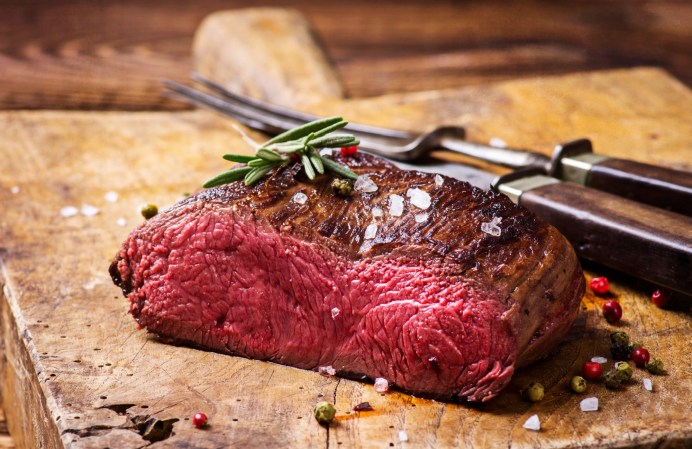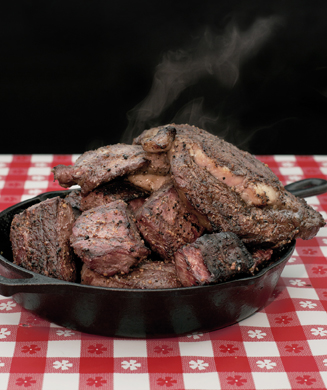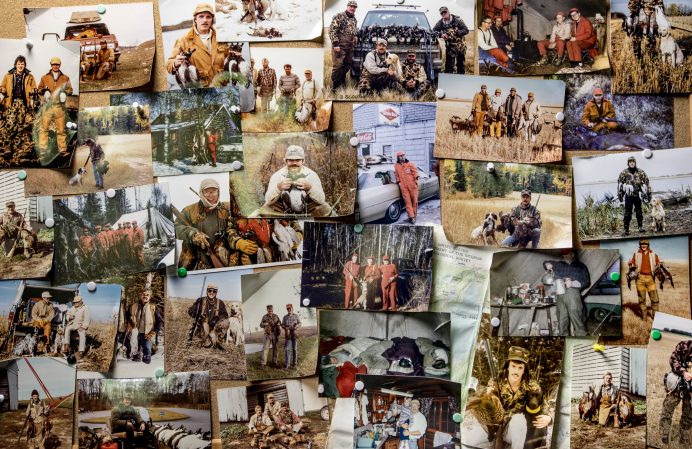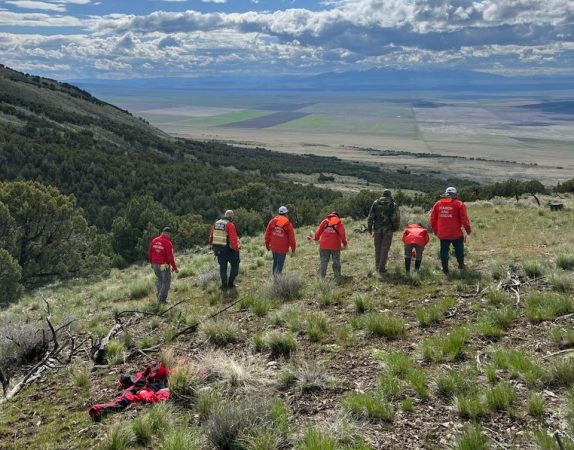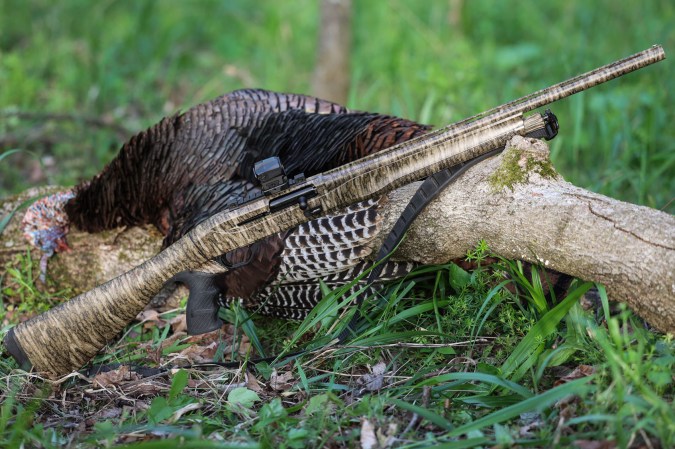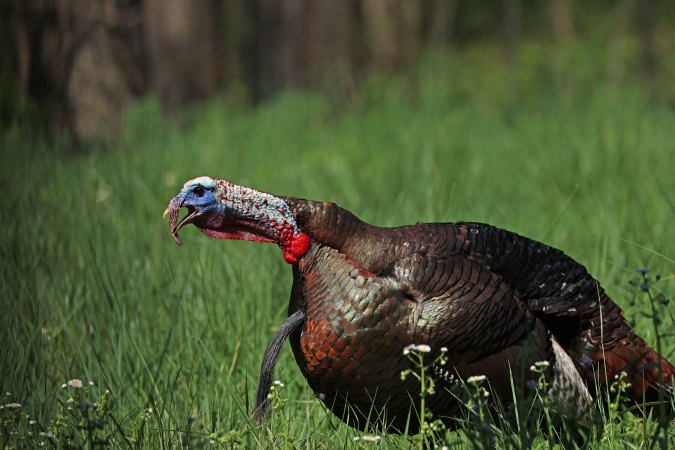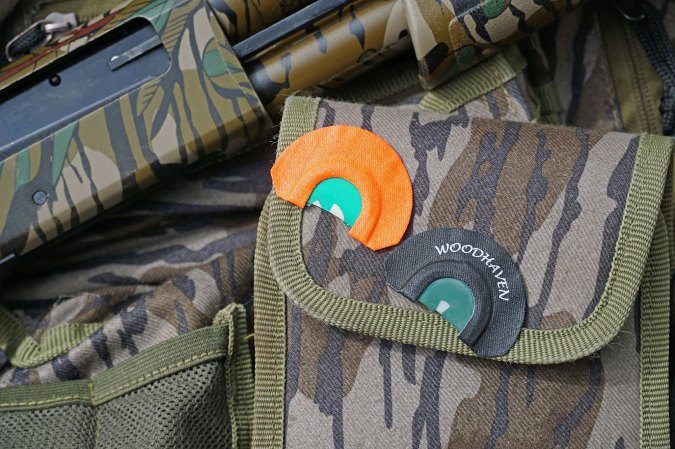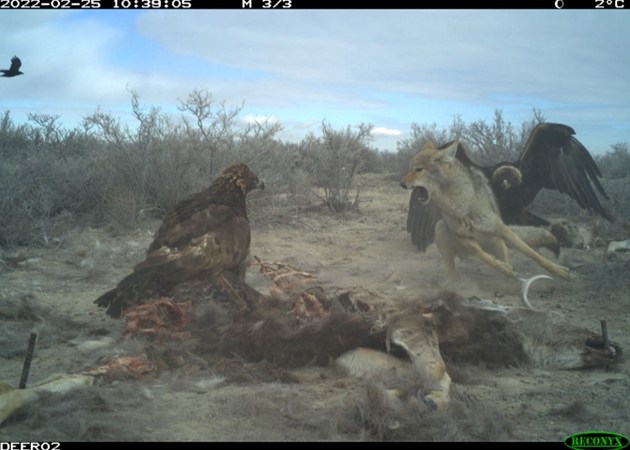The hunting community is experiencing whiplash after several articles appeared on mainstream news sites this week announcing that two hunters have died after eating venison from deer with chronic wasting disease. Wildlife experts say there is no evidence to support these claims.
Viral news website The Daily Mail published a story on Thursday titled “Two hunters ‘become first Americans to die from ZOMBIE DEER disease’ after eating infected venison.” The coverage is based on a research abstract published in Neurology on April 9 titled “Two Hunters from the Same Lodge Afflicted with Sporadic CJD: Is Chronic Wasting Disease to Blame?” The Mail story also appears to draw on the article “Study: Hunters Die After Consuming CWD-Infected Venison” published by Field & Stream Wednesday. (The F&S article has since been removed and replaced with more skeptical coverage of the Neurology abstract; a syndicated version of the original story remained on Yahoo! News at press time.) Now false reports of CWD infecting humans are spreading concerns and misinformation on hunting forums and social media.
“This is not a study and this is not a scientific paper,” veteran deer biologist and wildlife science coordinator for the Arizona Game and Fish Department Jim Heffelfinger wrote in an Instagram post Thursday. “The whole thing is only 344 words and is simply a mention about two hunters that died of [Creutzfeldt-Jakob disease] and both of them ate deer from the same deer population. There is no evidence of CWD infecting hunters.”
The authors — three of whom are doctors of neurology and one an MD candidate at the University of Texas San Antonio Long School of Medicine — attempt to connect two men who died from sporadic Creutzfeldt-Jakob disease in 2022 to a population of CWD-infected deer the men supposedly hunted and ate. CJD is a prion disease that affects humans and behaves similarly to CWD and other transmissible spongiform encephalopathies, like mad cow disease in cows and scrapie in sheep. The research abstract says the men both died from sporadic CJD, which is the most common version of the disease; it’s thought to occur randomly and mostly impacts people older than 60. (There are three kinds of CJD: sporadic, variant, and genetic. Variant CJD can come from contamination in surgical settings or eating beef from cows with mad cow disease, according to the Mayo Clinic. Genetic CJD is caused by an inherited predisposition.)
“It’s unfortunate that this sketchy report has caused the alarm and confusion that it has,” National Deer Association’s director of communications Lindsay Thomas, Jr. tells Outdoor Life. The NDA published a response to the abstract on Thursday. “There are no details, no evidence, or facts presented, so there’s not much to go on. But the bottom line is, nothing has changed. We still don’t have evidence of transmission of CWD from deer to people. We didn’t before, and this doesn’t change that. Nothing changes about the advice for people regarding CWD and their health, either. If you hunt in a CWD zone, get your deer tested and wait for the results before you eat the venison.”
In an email to Outdoor Life, a representative of Neurology described its article as “a scientific abstract presented at the 2024 American Academy of Neurology Annual Meeting and reprinted in Neurology.” The research abstract does not mention where the men hunted or whether the deer they consumed venison from was ever tested for CWD.
“After speaking with [one of the authors] Dr. Sarah Horn, she informed us that the information is not from a research study, it was a poster presentation of a case report presented at the AAN annual meeting,” UT Health San Antonio public and media relations specialist Eileen Teves tells Outdoor Life in an email statement. “The conclusion from that presentation was there remain no proven cases of transmission to date.”
Factual Problems with the Latest ‘Zombie Deer Disease’ News
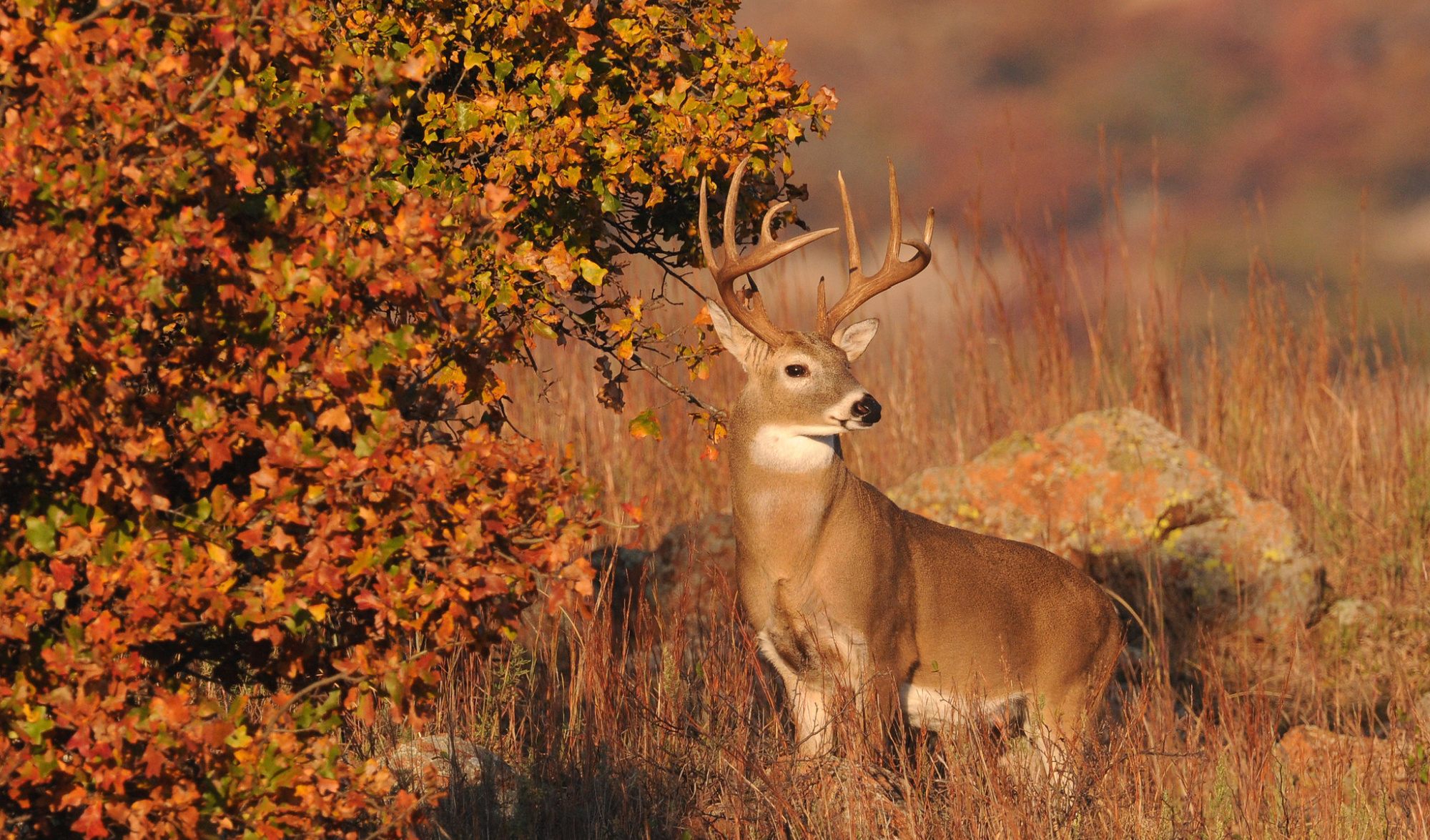
The Neurology abstract centers on “a 72-year-old man with a history of consuming meat from a CWD-infected deer population” and his friend, who also ate venison from the same population and had recently died from CJD. The first man passed away a month after developing symptoms of CJD. A post-mortem confirmed CJD was the cause of death. The Neurology abstract does acknowledge the limitations of its attempt to link CWD and CJD: “Although causation remains unproven, this cluster emphasizes the need for further investigation into the potential risks of consuming CWD-infected deer and its implications for public health.”
“There are clusters of CJD throughout the country — some in CWD areas and some outside CWD areas,” writes Heffelfinger. “With the spread of CWD nationwide it is not very noteworthy that [two] CJD victims in the same rural area may have both eaten venison. We have to be vigilant about the possible jump of a Prion disease from deer to hunter, but this note appears to me to be a very careless and childish attempt at making a splash in the media.”
The abstract does not include proof that the venison the men ate actually came from an infected deer. In fact, CWD prevalence is quite low, so eating venison from a deer herd known to contain CWD doesn’t even mean you might be eating venison from a CWD-infected deer. Hunters harvest uninfected deer from CWD host herds every season. The only way to know for sure is to test your deer for CWD.
“Most of the deer populations across the country where we have found CWD, prevalence rates are very low, in the single digits in most cases,” Thomas says. “Missouri has been fighting CWD for 12 years. They have CWD in 33 different zones. All of those zones are under three percent prevalence. Seventy-five percent of them are under one percent prevalence. You can hunt, harvest, and eat a lot of deer before you encounter one that has CWD.”
While the Daily Mail article opens with a bullet point reading “A study suggests that two men in Wyoming died from chronic wasting disease,” nowhere else in the article does the author make any mention of the state of Wyoming. Nothing in the research abstract mentions Wyoming hunters, either. One photo in the Mail is captioned “Because CWD is so contagious, when one deer is confirmed to have died from it, an entire herd is infected.” This is categorically false, as Thomas points out.
Read Next: Here’s What Top Chronic Wasting Disease Researchers Can’t Say on the Record
Misinformation about CWD is all too familiar to the deer biologists, wildlife disease pathologists, and hunters who are informed about the issue. (Mainstream media’s continued use of the misnomer “zombie deer disease” is a major culprit.) But the implications of CWD transmission to humans are far too great to be treated so casually by both the research and media communities, Thomas says.
“That just makes this report seem all the more shaky, and thin, and casually irresponsible. This question of CWD in human health is so important. It would have such an impact on deer hunting and conservation and wildlife in North America, that it must be treated extremely carefully and cautiously and with an abundance of evidence and investigation. And it does not appear to me from this paper that that’s what occurred here. Were these neurologists strictly looking at this from a human dimension? They seem unaware of the implications of what they’re saying for deer hunting and wildlife conservation. This is just me speculating, but they don’t seem to be aware of the earthquake they have just caused in the hunting community.”

